Cyber attacks involve using technology to damage or steal data, disrupt services, gain access to sensitive information, harm reputation, or gain control of technology. Cyber attacks affected hundreds of organizations, causing billions of dollars in damages.
Cybersecurity attacks are one of the fastest-growing threats today. And every organization is vulnerable to attack. Besides large enterprises and government agencies, small businesses and non-profit organizations can also be targets for cybercriminals with access to advanced malware tools.
The constantly evolving threats mean that organizations must always be on their toes regarding cybersecurity. Suppose you’re running a business and are interested in protecting your company from cyber threats. We’ll tell you about the top cyber threats that need constant monitoring and measures organizations must take to stay safe.
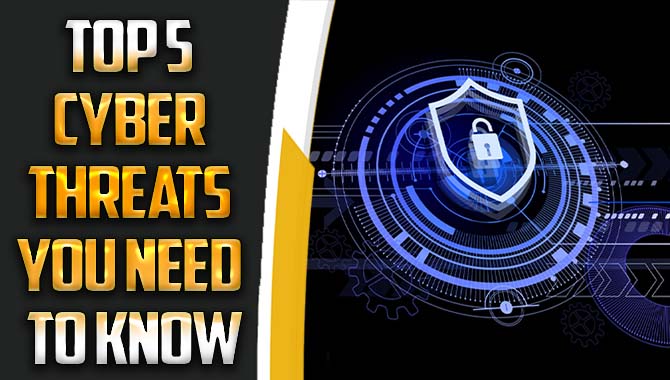
Top 5 Cyber Threats
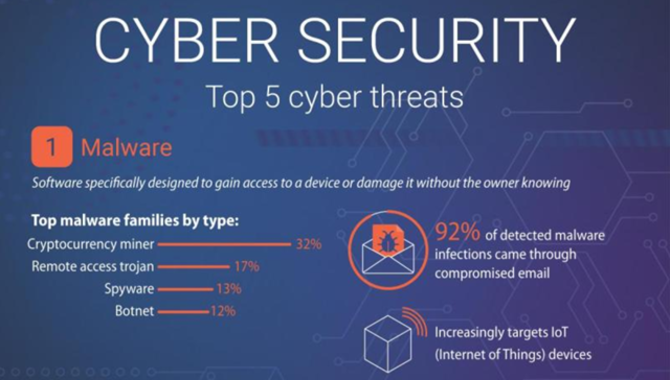
Cyber attacks are a threat to everyone. You should be aware of cyber security threats and how to avoid them. Cyberattacks are also a major concern as they can compromise your personal information, damage your computer systems, and steal sensitive data.
For example, cybercriminals may gain access to your financial information or login credentials for online accounts. Here are the top five cyber security threats you need to know about:
1. Social Engineering Attacks (Or Phishing)
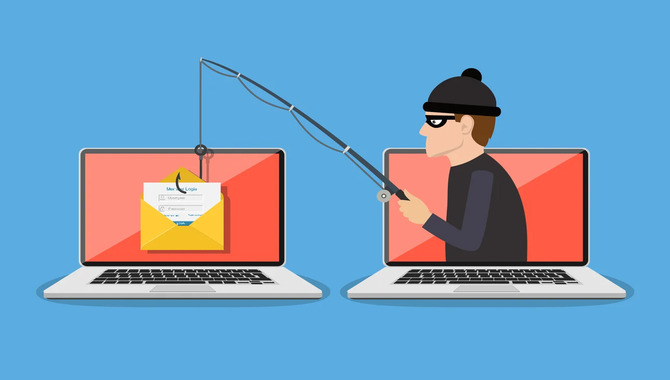
Social engineering attacks involve tricking people into revealing personal information using social engineering tactics such as email and phone phishing. Phishing is a social engineering attack involving sending fake emails to gain access to sensitive data, such as login credentials, banking information, or other confidential information.
These attacks are very difficult to counter and require vigilant users to protect themselves from threats. Users must be careful when responding to suspicious email messages and ensure they are not sharing personal information or clicking on malicious links.
Both social engineering attacks and phishing are very popular due to their ability to gain access to sensitive data with little effort. Therefore, users must constantly look for social engineering attacks and phishing emails to stay secure online.
2. Ransomware
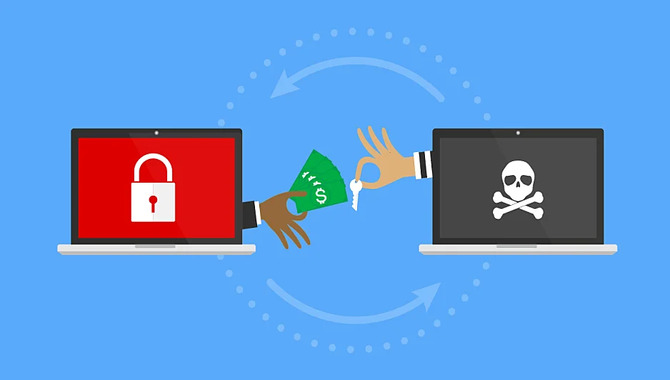
Ransomware is malware that encrypts files on your computer and then demands a ransom payment to unlock them. This type of malware is becoming increasingly common, especially as cyber-criminals continue to find new ways to deploy ransomware.
If you infect with ransomware, and it threatens to delete files or demand a ransom, you must act quickly to protect yourself from data loss and financial loss. When ransomware threatens your data, there are several steps you can take to protect yourself.
The first step is to back up your data regularly and keep at least one backup copy off-site in a secure location. Also, ensure that you have updated the software on your computer and installed up-to-date security software. Another important step is regularly updating your security software and ensuring it has the latest updates.
3. Mobile Security Attacks
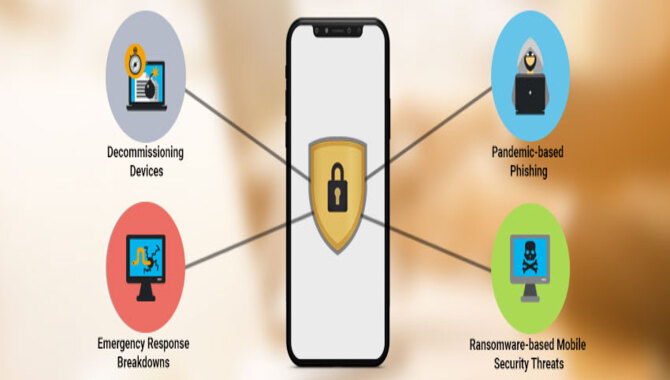
There are many mobile security threats that you need to be aware of. Some of the most common threats include malware, spyware, and viruses. Malware can infect your device, steal personal data, or hijack your phone to send unauthorized messages or calls.
Spyware can track your online activity and collect sensitive information about you. Viruses can damage your device or spread harmful files to other devices.
To protect yourself from these threats, ensure that you have up-to-date security software on your phone, avoid downloading apps from unknown sources, and regularly back up your data. Additionally, consider using a VPN if you access sensitive information online. These steps will help ensure the safety of your mobile device and data.
4. Remote Working Risks

Working from home can increase the risk of cyberattacks. This is because remote workers may access sensitive information or operate systems critical to business operations and security. Moreover, cybercriminals can use their computer to access sensitive information or launch cyberattacks.
To avoid these risks, remote workers must have a secure password and up-to-date antivirus software. Additionally, ensure you regularly back up your data and set strict access permissions for sensitive files and folders.
5. Identity-Based Cloud Security Threats
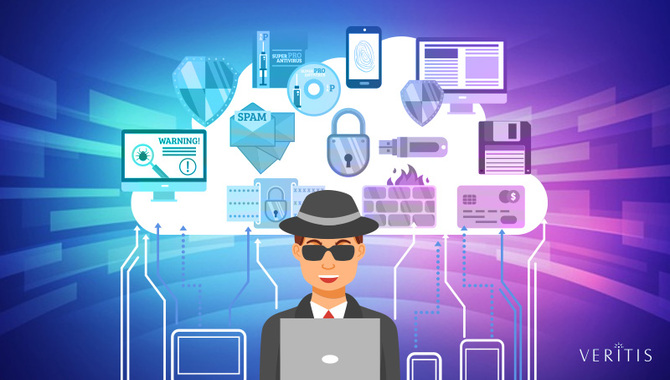
Identity-based cloud security threats are the most serious type of cyber threat. They exploit known user information, such as name and login credentials, to access your online accounts. You can also use them to steal confidential data, such as personal information or sensitive business information.
Use a password manager to protect yourself from identity-based cloud security threats and keep your login credentials safe. Additionally, update your antivirus software and firewall protection to help keep hackers out of your device. By taking these simple steps, you can stay safe and secure when using cloud services.
What To Do If You Are A Victim Of Cybercrime

Cybercriminals are becoming more and more innovative in their attacks. If you are a victim of cybercrime, there are some basic steps you can take to protect yourself. This includes knowing the different types of cybercrime and how to keep your computer and devices up-to-date with the latest security patches.
Also, it is important to stay informed about new cybersecurity threats and how to protect yourself. To do this, you should use strong passwords and not reuse them across different sites and services. Additionally, you should not open attachments from unknown or unknown sources, as these could contain malware. Taking these simple steps can help you avoid being a victim of cybercrime.
How Do Cyber Threats Work?

Cyber threats use various methods to attack your computer, including malware, viruses, and other malicious software. This can include spyware installed on a device without the user’s knowledge, or ransomware, which holds valuable data hostage until a ransom is paid.
Cyber threats can also deliver through email or websites. These are two common ways cyber threats are distributed, but they’re not the only options. Cyber threats could also spread through social media platforms such as Facebook and Twitter.
Cyber threats can cause damage to a computer’s files and systems, compromising the security and privacy of its user. You could also use them in cyberattacks, such as when hackers gain access to sensitive information or steal money or personal data. Therefore, to prevent cyber threats from taking hold of your device or digital life, you must implement cybersecurity measures like firewall protection and antivirus software.
How To Prevent Cyber Attacks?
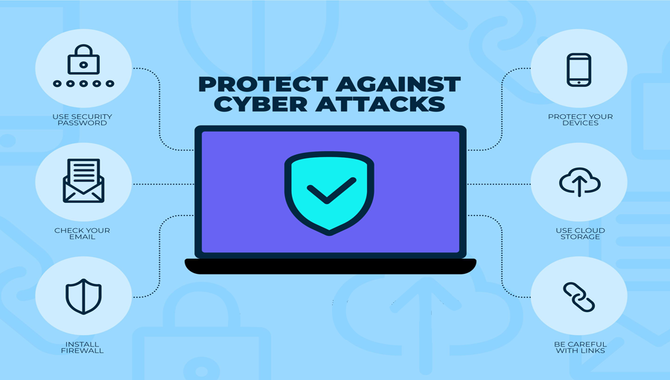
It’s vital to stay updated on cyber threats and develop security awareness at an organizational and personal level. Here are a few tips to prevent cyber attacks:
- Use strong passwords, and not easy to guess.
- Keep your devices secure by using PIN codes and patterns.
- Back up data regularly.
- Educate employees on cyber security awareness and best practices.
The above steps can help you protect yourself from cyber-attacks. However, it is essential to maintain a security mindset as cyber-attacks are becoming more frequent.
Conclusion
Cyber threats can come from social engineering attacks, malware attacks, ransomware attacks, and data breaches. You must prepare to mitigate cyber threats with a multi-pronged approach that includes training employees and ensuring that cybersecurity standards are followed, as well as implementing security measures such as password policies, two-factor authentication, encryption, and access management.
Besides, you must adopt stringent cybersecurity practices such as regular patching and data backups. It is vital to be cybersecurity-savvy. Educate yourself about cybersecurity threats so you can prepare for them.
Besides, secure your devices (such as computers, phones, and tablets) with security software and update them regularly. Train others in your organization on cybersecurity threats and best practices. With a little practice, threat management becomes easier. If any of these cybersecurity threats hit your business, here’s what you should do first.
Frequently Asked Questions
1.How Can I Protect Myself From Cyber Threats?
Ans: Always use a strong password to protect yourself from cyber threats and keep it password-protected. Additionally, install antivirus software on your computer and keep it up-to-date. Do not open suspicious emails or attachments; if you do, report them to your antivirus provider or the authorities.
2.What Are Some Of The Easiest Ways To Become A Victim Of A Cyber Attack?
Ans: One of the easiest ways to become a victim of a cyber attack is through phishing emails and social media scams. These attacks involve sending you an email or social media message that looks official but contains malicious software or links that will infect your device and steal your information.
3.What Are Some Of The Most Dangerous Cyber Threats?
Ans: When it comes to cyber threats, malware is the most dangerous. Malware can damage your computer system and steal your personal information. It can also redirect your browser to fraudulent websites. Ransomware is the second most dangerous cyber threat, as it encrypts your files and demands payment to decrypt them.
4.What Should I Do If I Am Aware Of A Cyber Threat?
Ans: bIf you are aware of a cyber threat, take appropriate action. Cyber threats come in many shapes and sizes, so it is important to stay informed and updated on the latest security news. In response to a cyber threat, common steps to take include updating your software and passwords, disabling unneeded services and applications, and installing antivirus software.
5.Are Cyber Threats Becoming More Widespread?
Ans: Yes, cyber threats are becoming more widespread, including ransomware, data breaches, and phishing attacks. To avoid these threats, use a security software suite, be vigilant about email and social media security, and do not click on links in unsolicited emails.

Leave a Reply